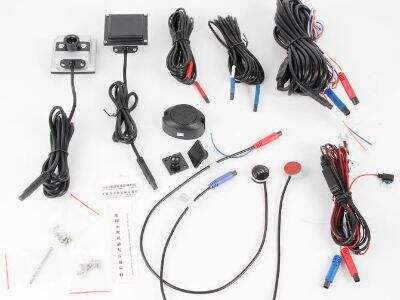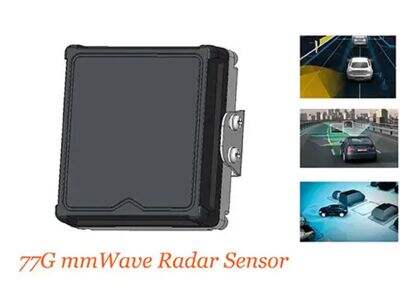For measuring the depth of water in varied locations, water level sensors are significant components. Ultrasonic and radar sensors are two of the most common types of water level sensors. To help you figure out which one is right for you, let’s compare these types.
What are Ultrasonic and Radar Water Level Sensors?
Ultrasonic water level sensors measure the distance between the sensor and the surface of a body of water using sound waves. These sensors emit high frequency sound waves which reflect off the water and return to the sensor. The sensor uses the reflected sound waves to accurately determine the water level by measuring how long it takes for the sound waves to return.
Not so with radar water level sensors. They use radio waves instead of sound waves. These sensors transmit radio waves that bounce off the surface of the water and return to the sensor. The sensor can also determine the water level accurately by measuring how long it takes for the radio waves to return.
The Advantages and Disadvantages of Radar and Ultrasonic Sensors
Ultrasonic water level sensors are user friendly and easy to set up. They are cheaper and low maintenance. However, temperature changes and weather can affect them and might make them less accurate.
Radar water level sensors are robust and can perform under harsh conditions. They are also capable of withstanding extreme temperatures, making them suitable for outdoor use. But radar sensors are generally more expensive and often more complicated to install than ultrasonic sensors.

The Sensing Paste: E = 2 The scientific factory.
When you're stuck choosing an ultrasonic or radar water level sensor, consider the environment where you'll use the sensor. In very hot or cold weather, a radar sensor may be preferable.
Consider also how accurate you need the readings to be. Ultrasonic sensors work well for basic water measurements but radar sensors tend to be more accurate for critical applications.
Where Are These Sensors Used?
Ultrasonic water level sensors are used in tanks, wastewater treatment plants, and irrigation systems. The sensors provide systems of real-time information about water levels helping humans conserve water and avert flooding.
More about radar water level sensors for flood monitoring, river measurements and dam safety. They are capable of operating in harsh environments and providing accurate readings that could help avert floods and other disasters.
When to Use Ultrasonic and When to Use Radar Sensors?
The implementation of various sensors in the field all relies on how much and how well you want the water level sensor to perform and the environment in which they are to be utilized. Ultrasonic sensors are less expensive and easier to install, but may not work as well in extreme weather. Radar sensors are more powerful and effective in challenging circumstances, but they tend to be more expensive.
We have a wide range of ultrasonic and radar water level sensors at KYSAIL for various measurement needs. For basic needs like tank monitoring sensors to more advanced flood detection sensors, we have the solution for you. Reach out to us today to discover more about our water level sensor options!

 EN
EN
 AR
AR
 HR
HR
 CS
CS
 DA
DA
 NL
NL
 FI
FI
 FR
FR
 DE
DE
 EL
EL
 IT
IT
 JA
JA
 KO
KO
 NO
NO
 PL
PL
 PT
PT
 RO
RO
 RU
RU
 ES
ES
 SV
SV
 IW
IW
 ID
ID
 LV
LV
 LT
LT
 SR
SR
 SK
SK
 SL
SL
 UK
UK
 SQ
SQ
 ET
ET
 HU
HU
 TH
TH
 TR
TR
 FA
FA
 AF
AF
 MK
MK
 KA
KA
 UR
UR
 BN
BN
